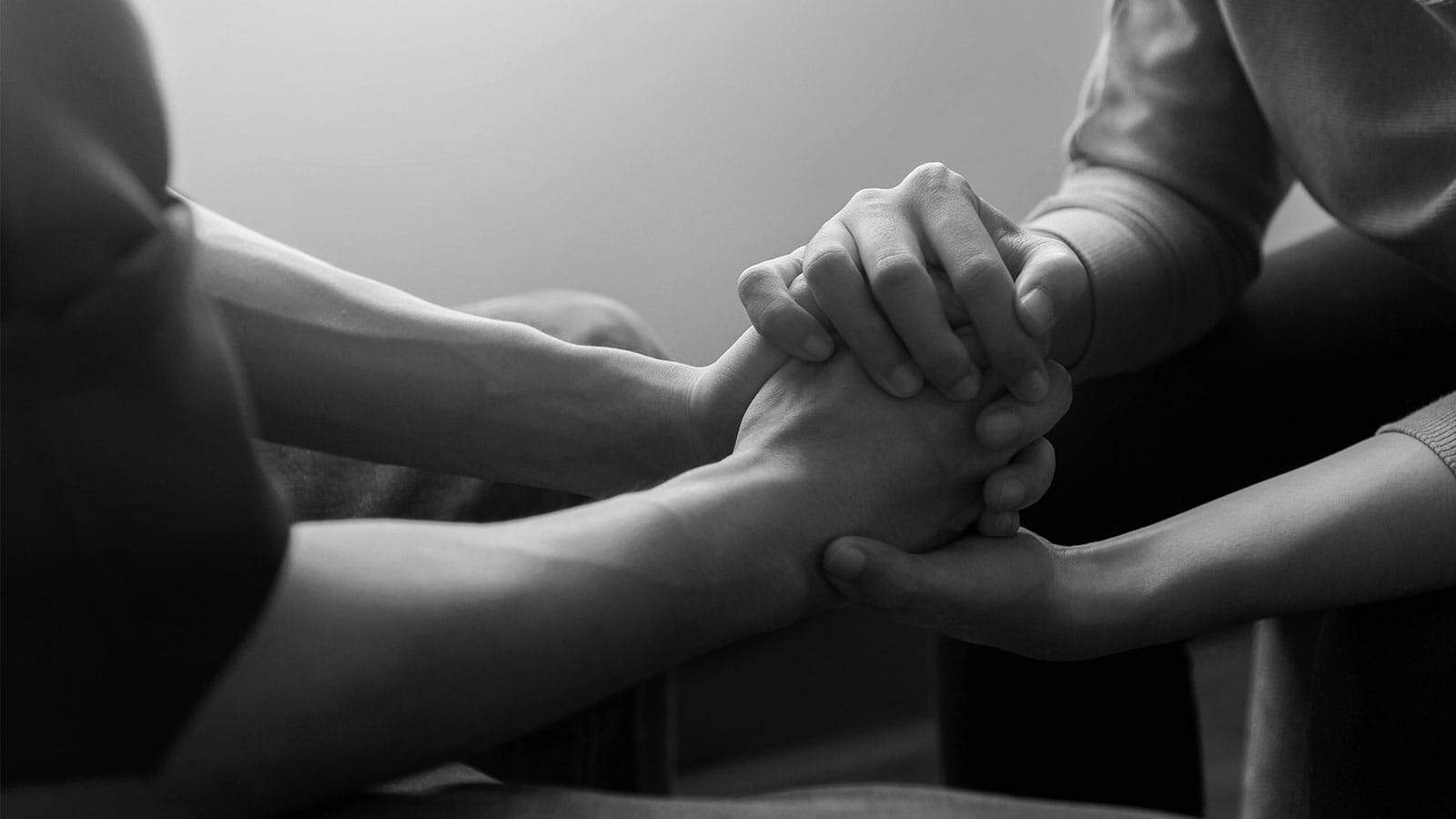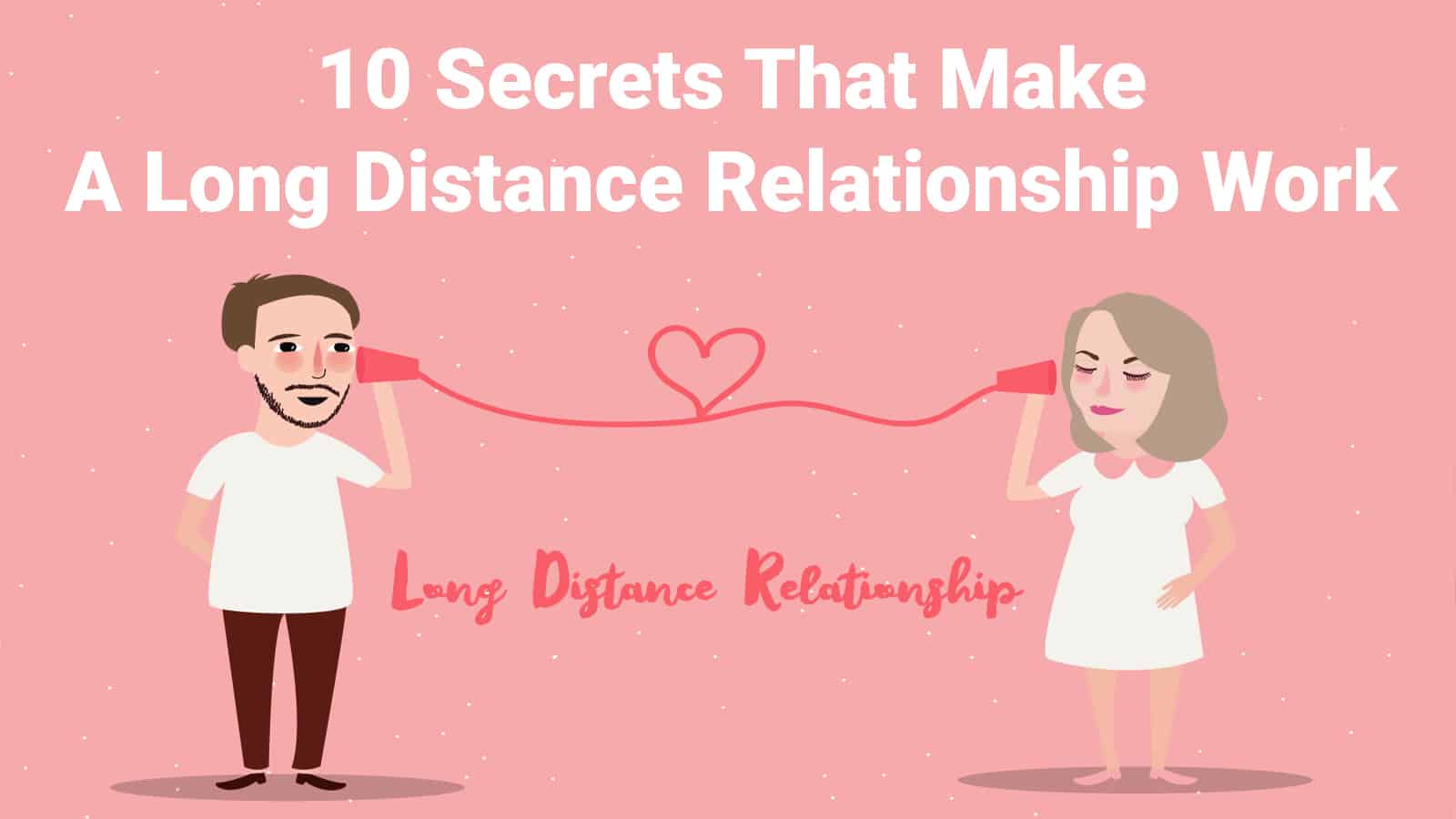Pain is a part of the human experience. It’s safe to say that there isn’t a single person in the world who will go through life without experiencing pain. Unfortunately, this unpleasant sensation doesn’t have a lot of cures, especially for those with prolonged negative stimuli.
But there may be a way to relieve pain and discomfort according to recent studies. If you’re in a romantic relationship, chances are good that your partner can be a great help to pain issues. In fact, in this article we’ll discuss the way scientists explain how holding hands can relieve pain and discomfort.
Scientists Explain How Holding Hands Can Relieve Pain And Discomfort
1. The Pain Problem
Chronic pain is a highly overlooked and underestimated condition. In America alone, approximately 100 million people suffer from this issue – and that’s just the adults. This chronic pain is debilitating and exhausting to deal with, and it can carry on hurting for weeks, months, and even years. It’s not something that positive thinking and ignoring the issue will fix.
Because of the unpredictable and widely ranging nature of chronic pain, many make the mistake of believing it is non-serious or easy to treat – just take painkillers, right? But this is far from the truth. In fact, the total cost to manage such pain on a yearly basis exceeds the cost of treating diabetes, heart diseases, and even cancer!
But that’s not all. Those who suffer from chronic pain conditions are likely to be less productive and contribute less to the workforce due to their invisible disabilities. This costs the American economy hundreds of billions of dollars. Unfortunately, it’s not just the economy – and the wallets of patients – that suffers from the worldwide pain problem.
Chronic pain can lead to further issues, especially mental health disorders.
Depression, the main mental health culprit, often leads to additional chronic pain. Worst of all, painkillers and antidepressants play huge roles in the opioid addiction epidemic.
This is why research has been frequently and repeatedly conducted to find better ways to manage and treat pain. But most of the studies conducted tend to focus on specific individuals, usually single persons who are kept isolated over the course of the study. Of course, this is useful as researchers can better simplify their data and analyses regarding pain and pain relief.
However, this causes less-than-accurate views as those who experience chronic pain are rarely isolated in real life. Most of them have jobs, take part in social interactions, and participate in real-world activities. Social interactions, especially, may have a higher effect on pain than researchers can determine from their limited reach inside a laboratory. Up until recently, no studies compiled information on pain in relation to social communication.
2. New Research Techniques
As science and technology continue to advance, we are able to enjoy new scientific research techniques that have a more accurate scope. Now, scientists are able to track and monitor multiple individuals at once and collect data on their physiological activities at the same time.
Although this doesn’t sound like a lot of help, it significantly improves research conditions. It allows scientists to study their participants while they engage in social interactions and situations, ranging from mild to physically extreme. Slowly but surely, this has revealed something that serves as the foundation for scientists explaining how holding hands can relieve pain and discomfort.
So what, exactly, is this foundation? Well, numerous studies have shown that people who interact with each other even on a vaguely intimate level experience something called interpersonal synchrony. This means these people have parts of their bodies that sync up. It sounds complex, but it is actually fairly simple. Here are some studies that had these findings.
a) Group members
Choir singers who performed with each other would experience synced heartbeats when singing.
b) Fellow activity participants
A group of people performing a cultural ritual, known simply as a fire-walking ritual, were found to have heartbeats that synced up.
c) Couples
Partners who looked at each other with a prolonged gaze would experience matching heartbeats.
d) Participating in similar events
Platonically involved individuals who watched emotional movies with one another would have synced heartbeats.
These findings raised new questions. Could they be applied to pain relief? Could this synchrony allow for people, especially couples or others with intimate connections, to help each other with certain medical conditions?
All signs pointed to yes. But how could it be done? As it turns out, the answers to these questions lay in something very simple and very human: the sense of touch.
3. Study Details
As we’ve discussed, chronic pain is a serious condition and an expensive and potentially detrimental one to treat. But as it turns out, through touch, chronic pain can reduce greatly, according to this study.
Pavel Goldstein, Irit Weissman Fogel, Guillaume Dumas, and Simone Shamay-Tsoory conducted the study. Three of these researchers hail from the University of Haifa in Israel, and one (Dumas) hails from Institut Pasteur International Network. They published their findings in February of 2018 in the Proceedings of the National Academy of Sciences. The article shows that touch has a positive effect on chronic pain.
The study was conducted through the recruitment of 23 couples in heterosexual romantic relationships. These couples all ranged between ages 23 and 32 and were instructed to go through a series of pain stimuli tests. These tests were meant to mimic the scene that one may experience in a delivery room when a woman is undergoing labor.
The women within these relationships were set up to receive certain levels of pain through four different conditions and stages. This pain was a mild variety and heat based, administered to the forearm over the course of two minutes. Their pain levels were recorded via EEG. Here are the different tests they went through.
a) Alone
Women would face the examination alone, without their partners, and receive pain stimuli.
b) Without touch
Participants would be subject to this pain testing, but this time with their partners in the room, though they did so without physically touching their partners.
c) With touch
While holding hands with their partners, who were dubbed pain observers, study participants would receive pain stimuli again.
d) With a stranger
Finally, women would hold hands with a complete stranger they had never met before and receive the same level of pain stimuli.
The same study looked not only at pain reception, however; it also studied synchrony. Researchers accomplished this through the study of 22 completely different couples, also in heterosexual romantic relationships. Both partners were hooked up to devices that recorded their respiration as well as their heart rates.
Once again, women received the pain stimulus. There were, as prior, four study conditions to cycle through, and they are listed here:
a) With touch
Women held hands with their partners and received pain stimuli.
b) No pain
Women held hands with their partners but did not receive any form of painful stimulus.
c) No touch
Women received pain stimuli but did not touch their partners, though those partners remained in the same room.
d) Neither
Rates were recorded when neither partner touched the other or received any pain, though they remained in the same room.
But the researchers still were not done. They studied specific synchrony between the brains of these partners to determine if there was a relationship between touch, empathy, and the resulting analgesic effect. This was crucial for the sake of possible implications for those with severe pain-related conditions, or those experiencing pain.
4. Study Findings
The first section of findings deal with direct pain relief and pain perception changes in women based on touch. Findings showed that, when holding hands with their partner, women experienced significantly lower levels of pain.
Under these test conditions, the pain was felt the least. It is believed that this is due to a phenomenon called hyperscanning, whereby brains are coupled through the act of physical touch, causing a soothing, positive effect.
Synchrony and How It Can Relieve Pain
Now, let’s talk about findings from the respiration portion of the study, which studied the synchrony between partners during different test conditions. When not receiving any pain, partners achieved higher levels of synchrony when they touched. This synchrony existed in both respiration and heart rates.
Interestingly, for women who received pain stimuli in the same room as their partners but lacked physical touch, synchrony completely vanished. This surprising finding indicates the necessity of touch in order for synchrony to work during difficult times.
Essentially, women who received pain stimuli but did not touch their partners needed to use their brains to focus on handling and dealing with the stimuli. This caused them to disconnect from their partners through this coping strategy.
Finally, let’s talk about empathy. When receiving both their partner’s touch and pain stimuli, some women felt less pain than others. In these situations, this was accompanied by higher levels of physiological syncing, and in all these situations, their partners displayed more empathy towards them. This suggests that empathy improves synchrony, which in turn improves pain relief.
All-in-all, these study findings show that skin-to-skin touch and interpersonal interaction is highly beneficial to a number of things. Not only does it relieve pain, but it can be said that stress, mood, trust, and positive thinking are all improved by skin-to-skin contact.
5. What Do These Results Mean?
Simply put, the results of these studies emphasize the importance of skin-to-skin contact and social interactions for a variety of reasons. Mainly, it opens up the possibility of pain relief in a much more affordable – if not entirely free – way for long-term chronic pain sufferers.
Touch also seems to have links to empathy. More empathetic partners may improve synchrony between themselves; perhaps increased levels of physical touch can also boost empathy in romantic relationships.
But how, exactly, does touch from a romantic partner bring positive results to pain? This remains to be seen. Even researchers on a variety of studies of this kind have indicated that there is much more that must be discovered before we can truly understand the link between touch – specifically, touch from a romantic partner – and pain and synchrony.
Final Thoughts On How Holding Hands Can Relieve Pain And Discomfort
Research regarding touch, synchrony, and pain is still in its early stages, so not much is known about these fascinating findings. For now, though, if you or your partner experience chronic pain or have pain issues, perhaps putting these study findings into practice can be of use to you. Try it out for yourself and see if you can reap some benefits!


















